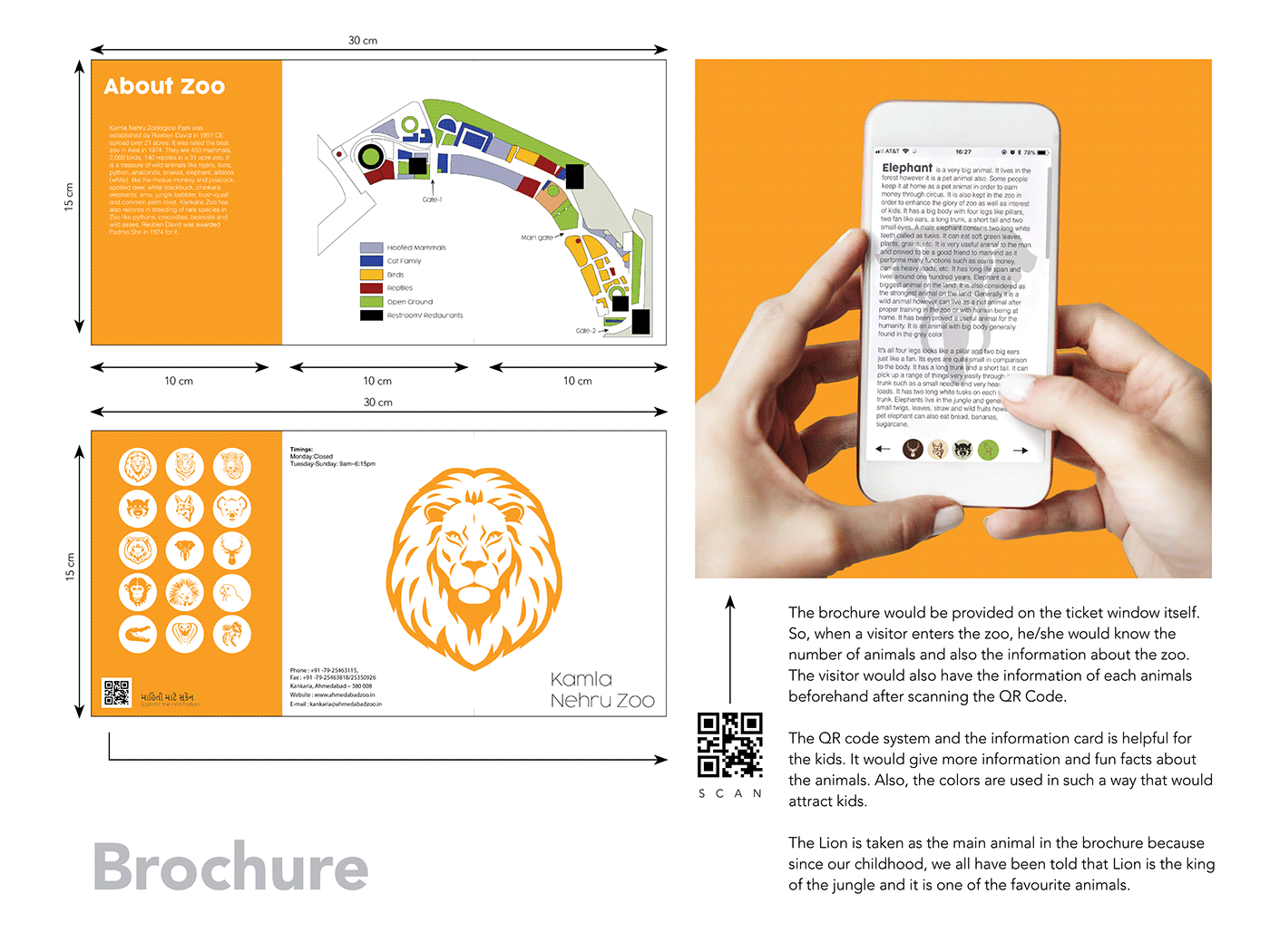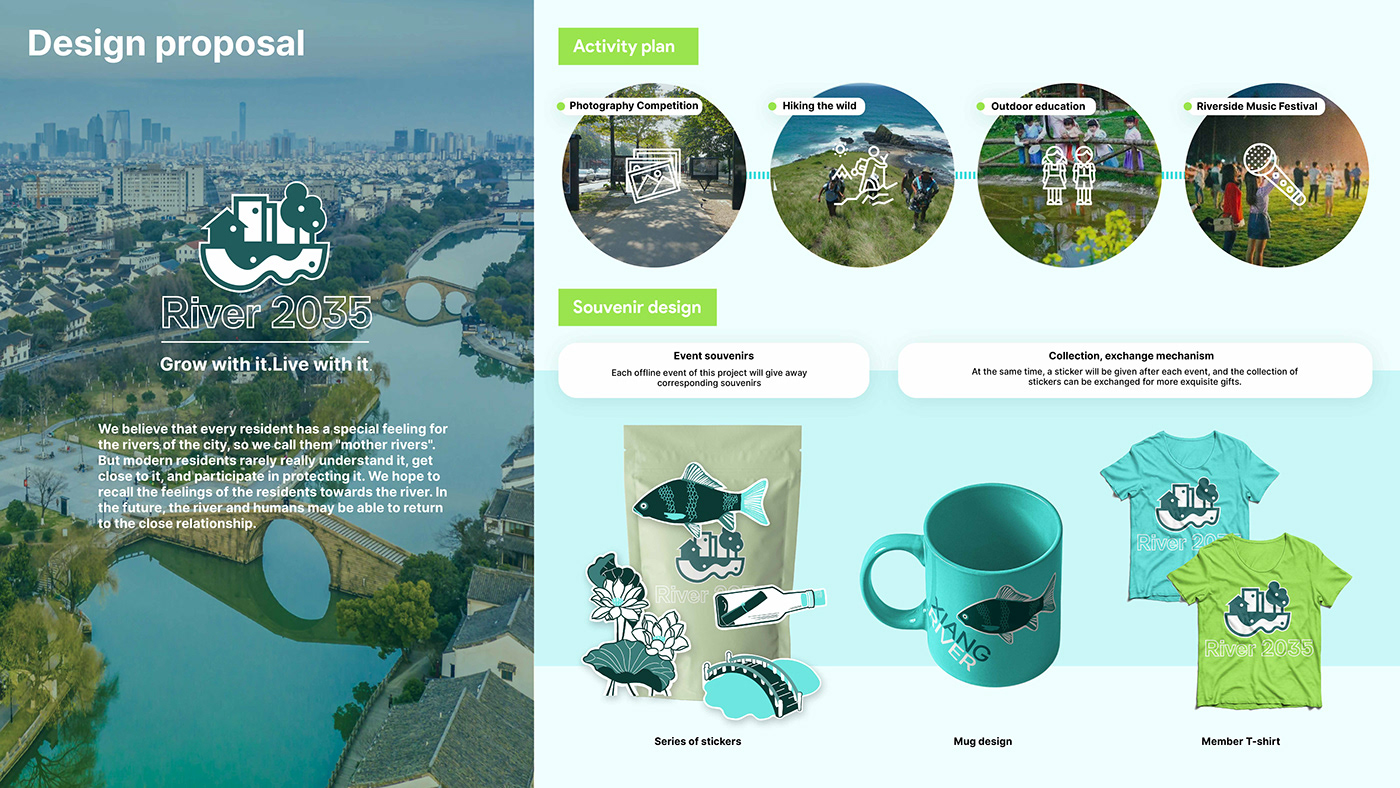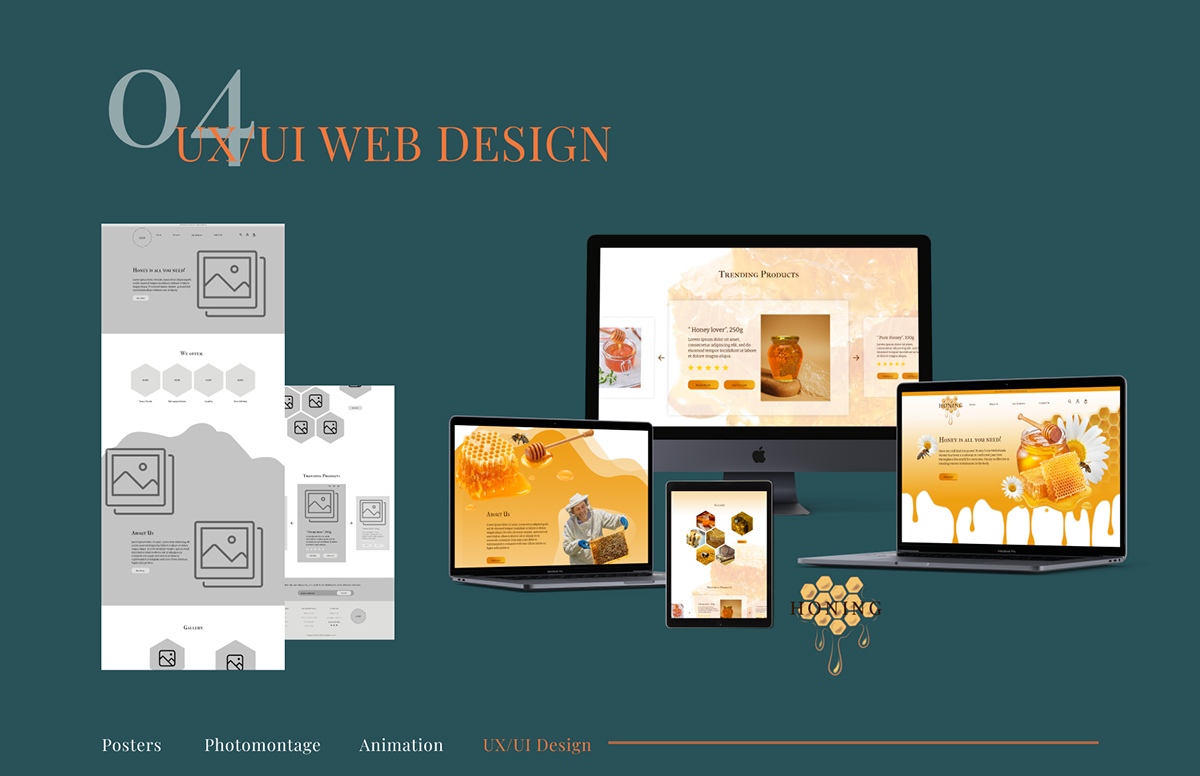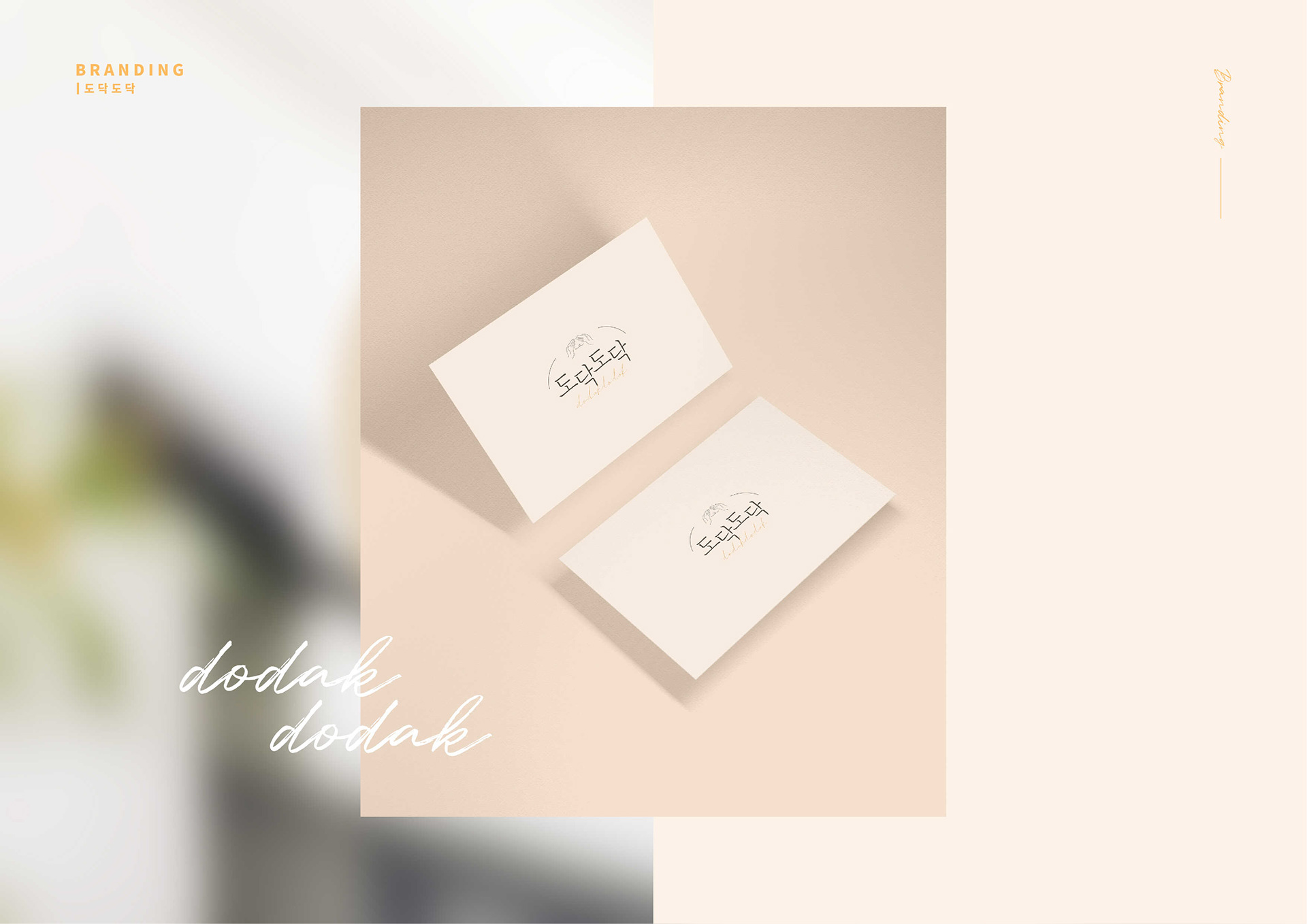Behance is more than just a platform; it's a creative community. Established by Adobe, it allows artists, designers, and other creatives to showcase their work, connect with like-minded individuals, and potentially attract clients. In 2020, having a robust Behance portfolio isn't just an option; it's essential for anyone looking to establish credibility and visibility in their industry. With millions of projects uploaded every day, your portfolio is a way to present your unique talent and style, making it crucial to stand out in this crowded space.
Step-by-Step Guide to Setting Up Your Behance Portfolio

Creating a Behance portfolio that shines is easier than you might think. Just follow these steps, and you'll be showcasing your work like a pro in no time!
- Create a Behance Account
First things first: visit Behance.net and sign up for an account. You can log in using your Adobe ID or your email. It's super straightforward, and once you're in, you're part of a vibrant community of creators!
- Choose Your Username Wisely
Your username is your brand, so pick something memorable and relevant to your work. This is the name potential clients and collaborators will remember when they think of you, so make it count!
- Craft Your Profile
Take the time to fill out your profile completely. Include:
- Your profile picture (a professional headshot works best).
- A compelling bio that showcases who you are and what you do. Be sure to highlight your specialties and skills.
- Your location and links to your other social media or personal website.
Your profile is your first impression, so make it polished and inviting!
- Add Projects to Your Portfolio
Start uploading your work! When adding projects, be sure to:
- Use high-quality images and files to ensure your work is presented well.
- Write detailed descriptions for each project. Explain your thought process, the challenges you faced, and the solutions you devised.
- Tag your projects with relevant keywords. This helps people find your work through searches.
Remember, each project added to your portfolio should tell a story or showcase a specific skill.
- Organize Your Projects
Once you've uploaded several projects, it's time to organize them. Behance allows you to create different Project Collections, which can help you categorize your work by type, theme, or medium. This makes it easier for potential clients to navigate through your portfolio and find what they're interested in.
- Get Feedback and Engage with the Community
After setting up your portfolio, don’t just sit back and wait for people to find you! Actively engage with other creatives on Behance by commenting on their work, giving appreciations (likes), and networking. You’ll find connections that can lead to collaborations or job opportunities.
- Regularly Update Your Portfolio
Finally, remember that your portfolio is a living document. Continually update it with your latest work, skills, and accomplishments. This keeps your portfolio fresh and relevant, showing potential clients that you are active and evolving in your field.
By following these steps, you’ll be well on your way to creating a standout Behance portfolio that not only showcases your creative talents but also helps you connect with others and grow your career. So, get out there and start showcasing your unique vision!
Also Read This: How to Be Seen on Behance: Increasing Your Portfolio’s Reach and Recognition
3. Choosing the Right Projects to Showcase

Creating a standout Behance portfolio starts with selecting the right projects to include. This step is crucial because your portfolio is essentially your personal brand—the work you choose should reflect your skills, style, and what you want to be known for. Here are some tips to help you choose wisely:
- Quality Over Quantity: It's better to showcase a few stellar projects than a plethora of mediocre ones. Aim for around 5-10 projects that genuinely represent your best work. Remember, potential clients and employers are more impressed by excellence than by sheer volume.
- Diversity of Skills: If you have a range of skills, don’t hesitate to demonstrate them! Include projects that highlight different aspects of your expertise—like graphic design, illustration, or branding. This diversity shows that you are versatile and can tackle various challenges.
- Passion Projects: Sometimes, the work you love doing, even if it’s not client-based, resonates more with viewers. Include passion projects or personal creations that showcase your creativity. These projects can often convey your unique style and enthusiasm.
- Client Work: Including client work can help demonstrate your ability to execute real-world projects and meet deadlines. If confidentiality allows, show how you’ve addressed client briefs, challenges, and how your designs met their needs.
- Recent Work: Keep your portfolio updated with your latest work. Showcasing recent projects reflects your current skill level and design trends, and maintains your portfolio’s relevance.
Finally, make sure to tell the story behind each project you choose to include. Share your thought process, the challenges you faced, and the solutions you devised. Adding context can engage your audience and make your work even more memorable!
Also Read This: Creating Your Own Page on Behance to Build a Personal Portfolio
4. Design Tips for a Visually Appealing Portfolio

Your designs might be stunning, but the way you present them can make or break your portfolio’s impact. An aesthetically pleasing layout not only showcases your talent but also keeps viewers engaged. Here are some design tips to elevate the visual appeal of your Behance portfolio:
- Consistent Layout: Maintain a uniform layout throughout your portfolio. Using similar fonts, colors, and spacing creates a cohesive look that is visually pleasing and easy to navigate. A consistent design approach helps reinforce your brand identity.
- Use High-Quality Images: Always upload high-resolution images of your work. Blurry or pixelated visuals can detract from the quality of your projects. Ensure that the images you showcase reflect your work accurately—after all, this is your portfolio!
- Negative Space: Don’t be afraid of white space. Proper use of negative space can make your designs breathe and allow the viewer’s eye to focus on the main content without feeling overwhelmed.
- Effective Use of Color: Choose a color palette that complements your work but doesn’t overshadow it. Subtle backgrounds often enable the work to shine. If your projects are colorful, consider a neutral background to let them pop.
- Interactive Elements: If appropriate, add interactive elements such as videos or animations to present your projects. These can engage viewers on a deeper level and showcase your skills in motion.
- Clear Typography: Opt for readable fonts and maintain hierarchy in your text elements. Clear headings, subheadings, and body text help guide viewers through your work effortlessly.
In summary, coming up with a visually appealing design for your Behance portfolio is key to ensuring your work gets the attention it deserves. By applying these tips, you’ll create an engaging and professional-looking portfolio that reflects your unique style and skills!
Also Read This: Understanding Vectors on 123RF A Beginner’s Guide
5. Writing Compelling Project Descriptions

Ah, the project description—it’s the story that accompanies your impressive visuals. A compelling project description can turn a simple showcase into a memorable experience. To elevate your Behance portfolio, it's crucial to craft descriptions that not only inform but also engage your audience.
Here are some tips to help you write captivating project descriptions:
- Start with a Hook: You want to grab your viewer's attention right from the start. Begin with a provocative question, an interesting fact, or a strong statement that summarizes your project. For example, "What happens when minimalism meets usability?" can set the stage for an eye-catching user interface project.
- Provide Context: Briefly explain what the project is about and the problem it addresses. Providing context helps viewers understand not just what they are seeing, but why it matters. Aim for clarity; each project description should convey the project's goals and significance.
- Detail Your Process: Share the journey you took to complete the project. Discuss the inspirations, research, or brainstorming sessions that led you to create your final piece. This not only shows your expertise but also reveals your creative thought process, allowing potential clients or collaborators to connect with you on a deeper level.
- Highlight Your Role: Especially if you were part of a team, it's essential to specify your contributions. Were you the creative director, the graphic designer, or perhaps the project manager? Identifying your role clarifies your responsibilities and showcases your skills.
- Use Engaging Language: Make your descriptions dynamic and lively. Instead of saying "designed a website," you could say, "transformed a client's vision into a vibrant digital experience." The more colorful and engaging your language, the more likely your audience will stay interested.
- Include Metrics When Possible: If your project resulted in measurable success, share those statistics! Did your redesign lead to a 30% increase in user engagement? Metrics give your descriptions credibility and help potential clients understand the value of your work.
Remember, your project descriptions are not just an afterthought—they play a pivotal role in the overall narrative of your portfolio. So, take your time to craft them wisely!
Also Read This: How to Download a Comics in Bilibili Comics – Easy Way
6. How to Optimize Your Portfolio for Search Engines
Optimizing your Behance portfolio for search engines (SEO) might sound daunting, but it’s essential if you want your work to be discoverable by potential clients and collaborators. Here are some straightforward techniques to ensure that your profile and projects get noticed:
- Use Relevant Keywords: Just like any other piece of content online, your Behance projects need keywords that relate to your work. Think about what terms potential clients might use to search for projects like yours. Incorporate these keywords naturally in your project titles, descriptions, and tags.
- Optimize Your Project Titles: Titles are often the first thing people see. Ensure they are descriptive and contain relevant keywords without being overly spammy. A title like “Innovative Marketing Campaign for Eco-Friendly Products” gives a clear insight into the project content while including keywords.
- Tag Your Projects Wisely: Behance allows you to add multiple tags to each project. Use all available tags, but make sure they’re relevant. Tags help categorize your work and make it easier for people to find you based on their interests.
- Engage with the Community: The more you interact with others on Behance, the more visibility your portfolio will have. Like, comment on others' projects, and respond to comments on yours. This engagement can create backlinks to your portfolio and increase your ranking in search results.
- Share Your Projects on Social Media: Leverage platforms like Instagram, Twitter, or LinkedIn to share links to your Behance portfolio. The traffic from these sites can signal to search engines that your work is valuable and deserves higher rankings.
- Keep Your Portfolio Updated: Regular updates signal to search engines that your portfolio is active. Make sure to add new projects or refresh old ones, which can also help retain interest from past visitors.
By following these simple SEO strategies, you can enhance the discoverability of your Behance portfolio and attract more eyes to your outstanding work. Before you know it, you’ll be building a network of potential collaborators, clients, and fans eager to see what you do next!
Also Read This: Showcasing Dreamweaver Code on Behance to Share Your Web Development Skills
7. Engaging with the Behance Community for Networking
Creating a stunning Behance portfolio is only half the battle. The other half involves getting out there and engaging with the Behance community. This platform thrives on creativity and collaboration, and making connections can significantly enhance your visibility and opportunities. So, how can you effectively network with other creatives on Behance?
Start by exploring projects: Take the time to browse through different projects that resonate with your style and interests. Leave thoughtful comments or constructive feedback on the work of others. Not only does this help you engage with fellow creatives, but it also shows others that you’re an active participant in the community. Your meaningful insights might even lead someone to check out your work in return!
Join or create conversations: Behance has forums and groups that cater to various interests and industries. Join these discussions, share your insights, and seek advice. This not only establishes your presence but also positions you as a knowledgeable member in your field.
Collaborate on projects: One of the most exciting aspects of Behance is the opportunity for collaboration. Reach out to other creatives whose work you admire and propose potential collaboration projects. Working together can lead to innovative ideas, broaden your skills, and expand your portfolio.
Participate in challenges: Regularly, Behance runs creative challenges and competitions. Participating in these not only helps you hone your craft but also puts you in the spotlight. Your work could gain recognition from peers and industry leaders alike, increasing your chances of networking with the right people.
Lastly, don’t underestimate the power of a genuine connection. Take the time to engage authentically with others, whether through comments, messages, or sharing insights. Building a network of supportive peers can provide mentorship, inspiration, and even job opportunities down the line. Remember, networking is all about building relationships, not just transactions!
Also Read This: Create Your Own Behance Portfolio with a Personalized URL
8. Keeping Your Portfolio Updated and Relevant
Maintaining an engaging and relevant Behance portfolio is essential for showcasing your skills and attracting opportunities. Your portfolio is not a static entity; it's a living, breathing representation of your progress and growth as a creative professional. Here are some effective strategies for keeping your portfolio fresh and appealing:
Regularly Add New Projects: Sit down and assess your current portfolio. Are there new projects or recent work that highlights your evolving style and abilities? Take the time to update your portfolio with new content regularly. A general rule of thumb is to add at least one new project every couple of months. This keeps your portfolio dynamic and shows potential employers that you're continuously creating.
Refresh Existing Projects: Don’t just think of adding new projects; take a look at the old ones too. Sometimes, you might want to tweak existing projects with new insights, better descriptions, or improved visuals. This not only keeps your work relevant but can also inspire new discussions within the community.
Seek Feedback: Don’t hesitate to ask for feedback from trusted peers or mentors. They can provide valuable insights about what is working and what isn't in your portfolio. Constructive criticism can help you refine your work and make necessary adjustments that reflect growth and consistency.
Align with Industry Trends: Keep an eye on industry trends and adapt your portfolio accordingly. If there are shifts or movements in design, art, or other relevant fields, ensure that your work reflects contemporary standards and practices. This adaptability shows potential employers that you’re not only creative but also aware of the latest trends.
Cleanse Your Portfolio: Periodically review your work and remove projects that no longer represent your current skill level or artistic direction. It's essential to showcase only your best work. A curated portfolio means fewer projects that resonate strongly with your abilities and vision, rather than a large selection that may dilute your message.
Ultimately, by keeping your Behance portfolio updated and relevant, you position yourself as a proactive and engaged creative. Regularly refreshing your work not only enhances your chances of attracting the right audience but also pushes you to continually evolve as an artist. So, roll up your sleeves and get to work on that portfolio—it’s your gateway to new opportunities!
Conclusion: Making the Most of Your Behance Portfolio in 2020
As we navigate the digital landscape in 2020, creating an effective Behance portfolio is essential for any creative professional looking to showcase their work effectively. Here are some key strategies to ensure your portfolio stands out:
- Quality Over Quantity: Select only your best work that reflects your skills and creative vision.
- Consistent Branding: Maintain a cohesive aesthetic and voice throughout your portfolio to reinforce your personal brand.
- Engage with the Community: Regularly interact with other Behance users by commenting on, appreciating, and following their work.
- Update Frequently: Keep your portfolio fresh by adding new projects and removing outdated work, ensuring it reflects your current abilities.
To further enhance your portfolio's visibility, consider these additional tips:
| Tip | Description |
|---|---|
| Optimize Project Descriptions | Use relevant keywords and detailed explanations to improve searchability. |
| Utilize High-Quality Images | Showcase your work with professional-grade imagery to captivate your audience. |
| Leverage Social Media | Promote your Behance portfolio across various platforms to reach a wider audience. |
By implementing these strategies and ensuring your Behance portfolio reflects the best of your abilities and creativity, you can effectively attract clients and opportunities throughout the year. Remember, your portfolio is not just a collection of work; it’s your personal brand's digital storefront. Make it count!
 admin
admin








